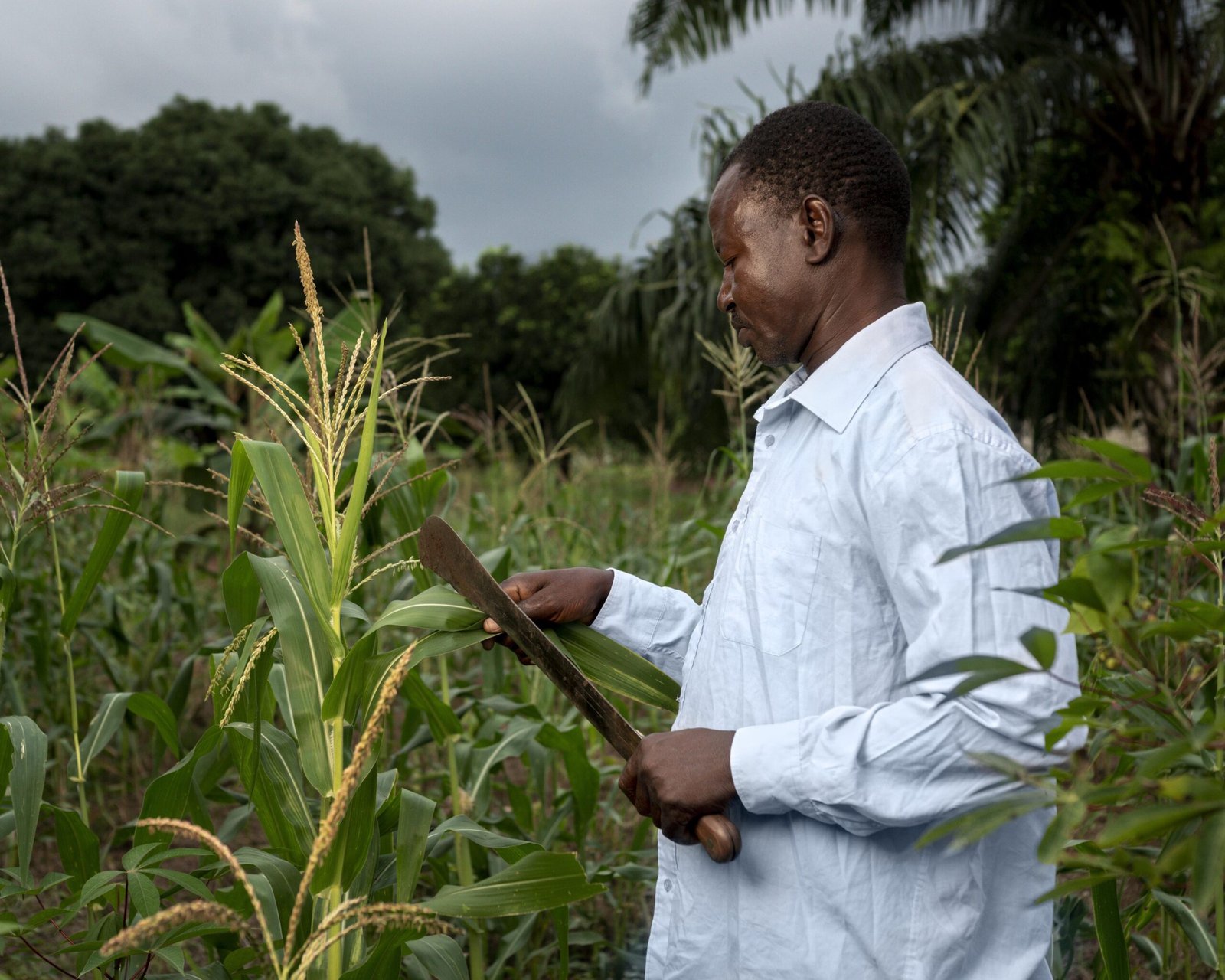Have you ever wondered about the journey your food takes before it reaches your plate?
It’s a fascinating and complex process that involves numerous steps, from planting the seed to serving the final dish. In this blog post, we’ll delve into the intricate details of this journey, shedding light on the hard work and dedication of farmers, processors, and distributors.
The Farmer’s Role
The journey begins on the farm. Farmers, the backbone of our food system, cultivate crops and raise livestock. They carefully select seeds, prepare the soil, and tend to their crops, ensuring optimal growth conditions. This involves a lot of hard work, from plowing fields to harvesting crops.
Processing and Packaging
Once harvested, crops are often processed to enhance their shelf life, flavor, and nutritional value. This might involve washing, cutting, freezing, canning, or drying. Packaging is another crucial step, ensuring that the processed food reaches consumers in pristine condition.
Distribution and Transportation
After processing and packaging, food products are transported to distribution centers. These centers act as hubs, distributing products to various retailers, such as grocery stores, supermarkets, and restaurants. The transportation process involves trucks, trains, and ships, ensuring efficient and timely delivery.
Retail and Consumer Choice
Retailers play a vital role in connecting producers and consumers. They stock shelves with a variety of food products, offering consumers a wide range of choices. Consumers can select the products they prefer, based on factors such as price, brand, and nutritional value.
The Final Mile
The journey culminates when consumers purchase food products and bring them home. This is where the magic happens – cooking delicious meals and nourishing their bodies.
Understanding the Journey
By understanding the journey of your food, you can appreciate the efforts of the people involved in bringing it to your table. It’s also a great way to make informed choices about the food you consume.
Key Takeaways:
- Support Local Farmers: Buy fresh, locally sourced produce to support your community and reduce your carbon footprint.
- Choose Sustainable Options: Opt for sustainably produced food to protect the environment and ensure a healthy future.
- Reduce Food Waste: Plan your meals, store food properly, and compost food scraps to minimize waste.
- Educate Yourself: Learn about different farming practices, food processing techniques, and food labels to make informed choices.
By making conscious choices, we can support a sustainable and equitable food system.

Do you have any questions about the journey of your food? Share your thoughts in the comments below!


